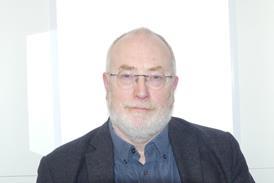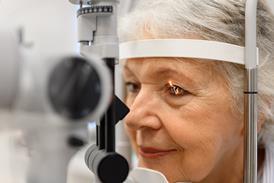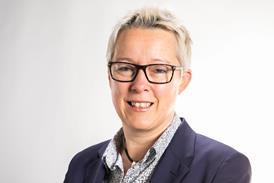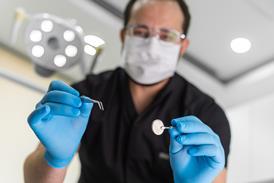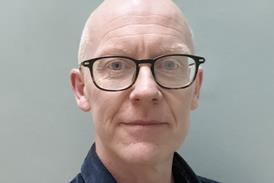'In 10 years' time, doctors will require a second opinion from a computer'

Devi Shetty – nicknamed the Henry Ford of heart surgery – believes developments such as computerised diagnoses and technicians doing the work of highly trained medics are just around the corner. Ben Clover hears his ideas for the future of medicine.
You need to be a subscriber to read more

Subscribe for unlimited access
With a HSJ subscription you’ll unlock:
- All HSJ news by sector, topic & region
- Breaking News announcements
- App for mobile and offline reading
- Comment and Daily Insights newsletters
- Regional roundup newsletters
- Unrestricted access to ‘Ask HSJ’ - AI assistant - AI assistant
- 10 expert briefings every fortnight (Premium only)
Already a subscriber? Sign into your account here





